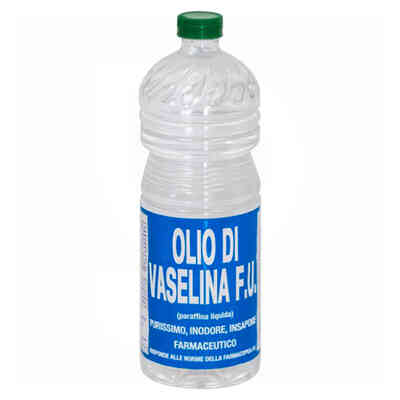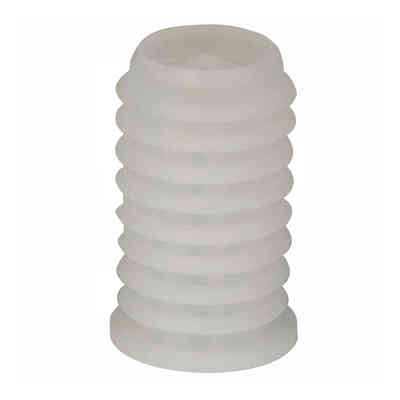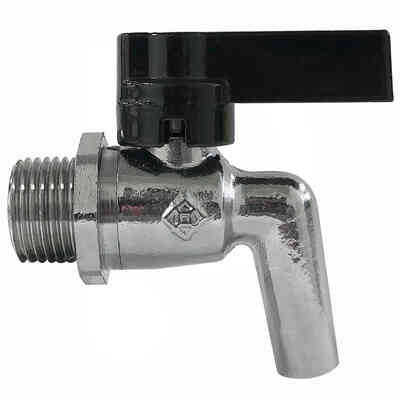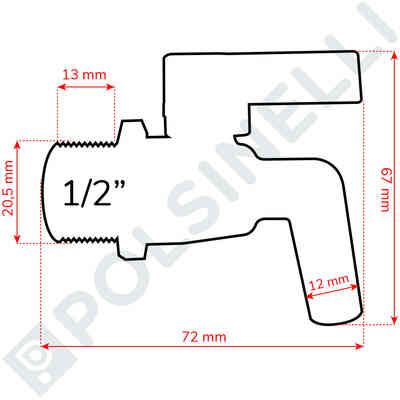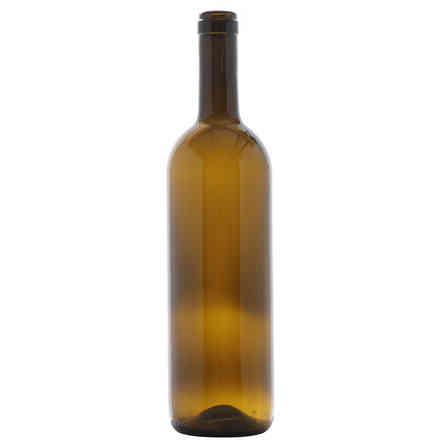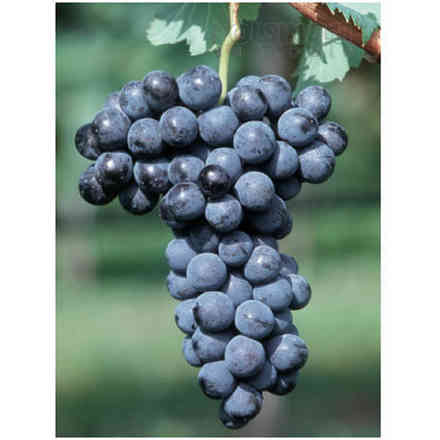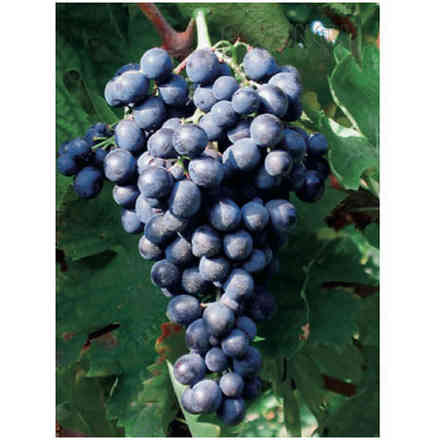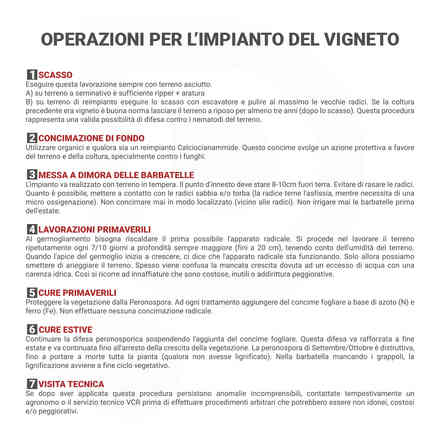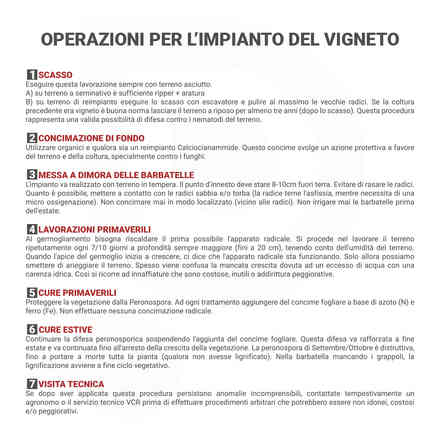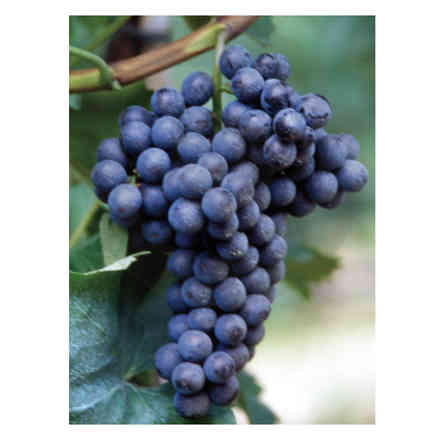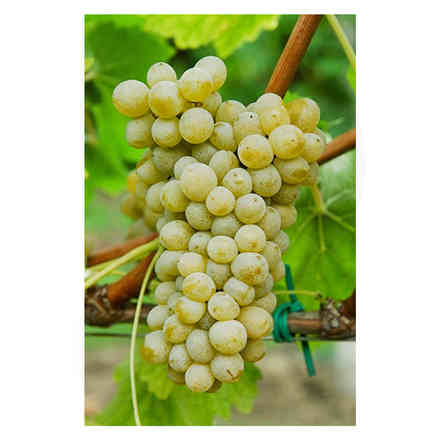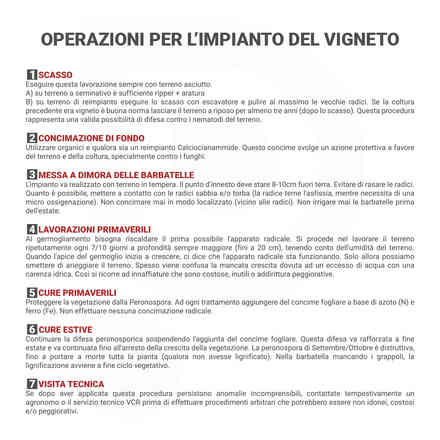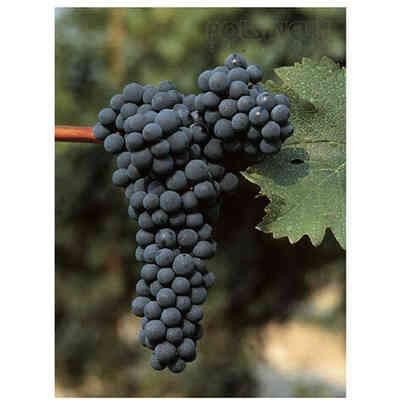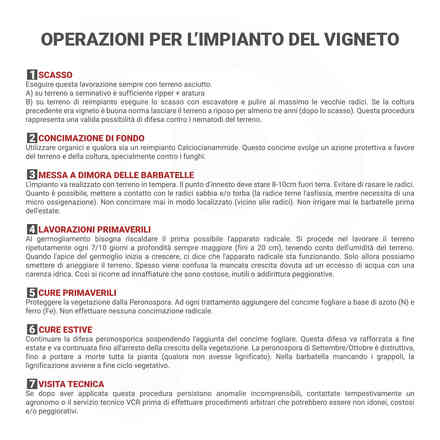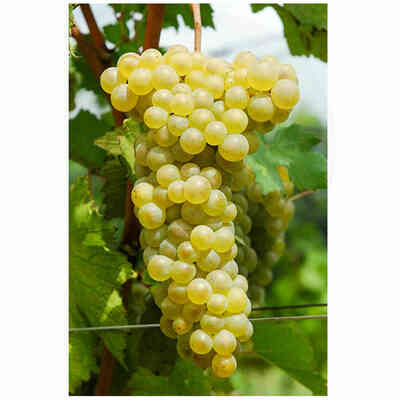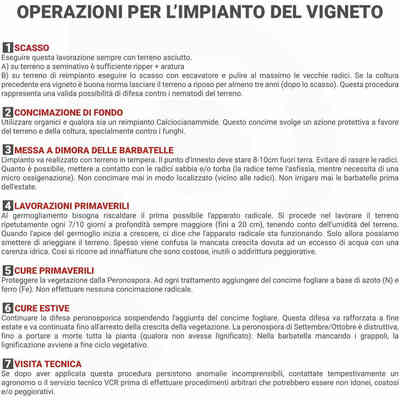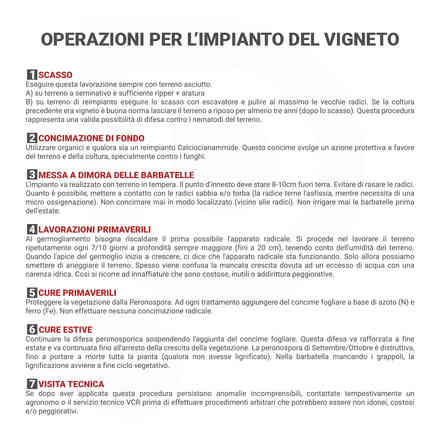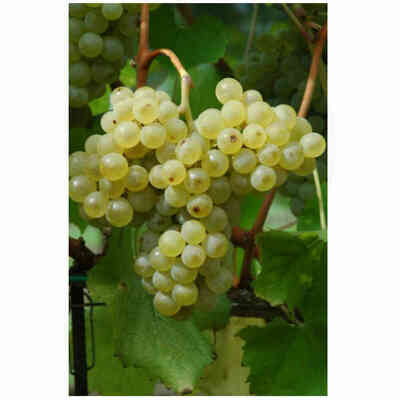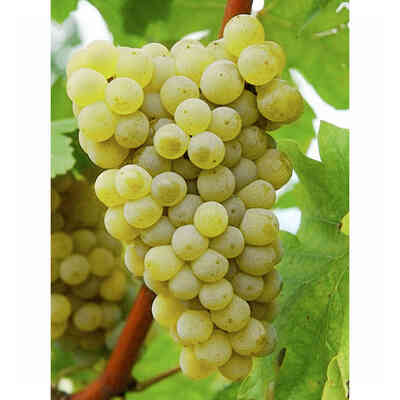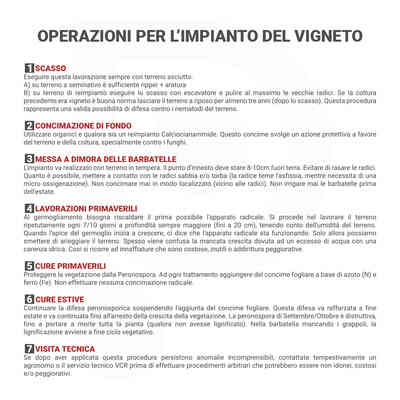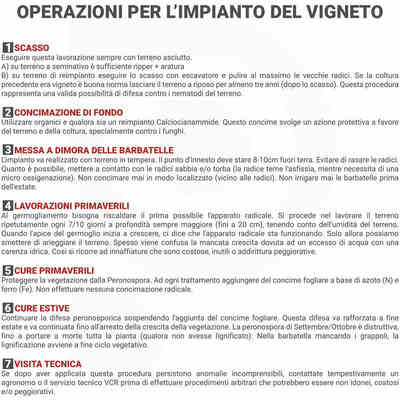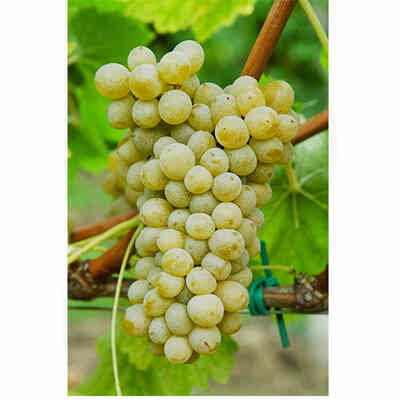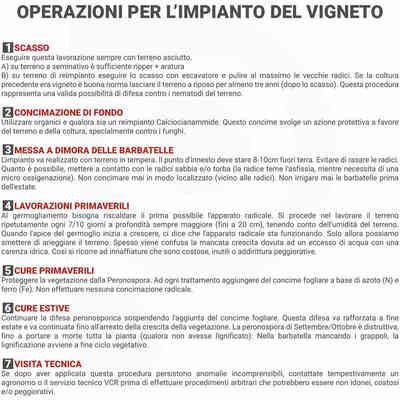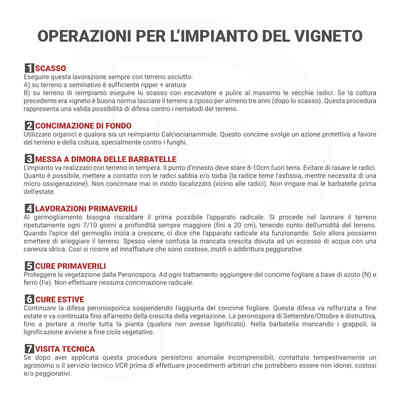Vermentino (10 pieces)
Description
 AUTHORIZED RETAILER
AUTHORIZED RETAILER
VERMENTINO (10 pieces)
Rootstocks: 1103P - K5BB - S04 - 140RU - 420A (We will send the graft carrier available at the time)
Most likely of Spanish origin, it has spread to Liguria, Sardinia and Tuscany. It is also cultivated in Corsica and Provence.
- Ampelographic characteristics: the variety is relatively homogeneous, so much so that Pigato and Favorita are also recognised as synonyms of Vermentino. Sprout with expanded, cottony, whitish apex, unfolded apical leaflets, white with carmine edge. Leaves are medium to large, pentagonal, quinquelobed with overlapping sinuses, dark green, slightly blistered, almost glabrous. Petiolar sinus U-shaped or closed lyre-shaped. Arachnoid underside. Cluster: medium-large, cylindrical-pyramidal, sometimes a little sparse. Berry: medium-large, spheroid, yellowish colour; pruinose skin of medium consistency, persistent umbilicus; juicy pulp with neutral flavour.
- Cultivation aptitudes: good vigour, slightly erect vegetation; long, fairly robust, plastic shoots. Prefers, or rather requires, airy hillside locations and well-exposed, non-fertile or moist soil.
- Cultivation and pruning: adapts to various forms of cultivation that are relatively expansive and to different types of pruning, even short ones. Accepts forms of cultivation for full mechanisation.
- Sprouting time: medium-early.
- Ripening period: medium.
- Production: abundant and constant.
- Sensitivity to disease and adversity: fears powdery mildew and grape downy mildew in years with a tendency to dampness. Sensitive to frost and late frosts. Has shown problems of incompatibility on 420A.
- Oenological potential: gives a yellow wine with golden reflections, a broad and fresh bouquet, a dry, round, warm, delicately aromatic flavour; improves with slight ageing.
Clones in multiplication: Vermentino, VCR1, VCR2, VCR12, CAPVS3, CAPVS12, CVT14, CVT55, CVT66, CVT78, CVT84, CVT105, CVT121; French clones: Inra-Entav 640, 766.
Clones soon to be submitted for approval: Vermentino (Pigato biotype) VCR367, VCR370.
CULTIVATED AREA IN ITALY
YEAR 1970 1982 1990 2000 2010
HECTARES 3,896 3,903 3,844 2,990 4,484
CULTIVATED AREA IN FRANCE
YEAR 1968 1979 1988 1998 2006
HECTARES - 1,057 833 2,507 3,089
RULES TO PLANT A VINEYARD
1. PLOW
You must perform this operation always with dry soil
A) On arable land is generally sufficient to ripper + to plow
B) On planting soil is generally sufficient to plow with an escavator and to clean the old roots.
If the previous crop was a vineyard, it is a good idea to leave the soil fallow for at least three years (after plowing). This procedure represents a valid possibility of defence against soil nematodes.
2. SOIL FERTILIZATION
Use organics and if it is a reimplantation, use Calciumocyanamide.
This fertiliser has a protective effect on the soil and the crop, especially against fungi.
3.PROPAGATING GRAPE VINE CUTTINGS
The planting should be carried out in temperate soil. The grafting point should be 8-10 cm above ground. Avoid shaving the redices. As much as possible, put sand and/or peat in contact with the roots (the root fears asphyxiation, while it needs a micro-oxygenation). Never fertilize in a localized manner (near the roots). Never water the rooted cuttings before summer.
4.SPRING WORKS
When sprouting, the root apparatus must be heated as soon as possible. Work the soil repeatedly every 7/10 days at increasing depth (up to 20 cm), taking into account the moisture of the soil. When the apex of the bud starts to grow, it means that the root system is functioning. Only then can we stop watering the soil. Failure to grow due to access to water is often confused with a lack of water. This is why watering is used which is expensive, useless or even worse.
5.SPRING CURE
Protect vegetation from Peronospora. To each treatment add nitrogen (N) and iron (Fe) foliar fertilizer. Do not make any radical fertilization.
6.SUMMER CURE
Continue with the defense against Peronospora by suspending the addition of the foliar fertilizer. This defense should be reinforced in late summer and should be continued until vegetation growth stops.
The September/October blight is destructive, to the point of bringing death to the whole plant (if it has not lignified). The rooted vine lacks clusters, so lignification occurs at the end of the vegetative cycle.
7.TECHNICAL VISIT
If incomprehensible anomalies persist after this procedure, contact an agronomist or the VCR Technical Service promptly before carrying out arbitrary procedures which may be unsuitable, expensive and/or worsening.





















